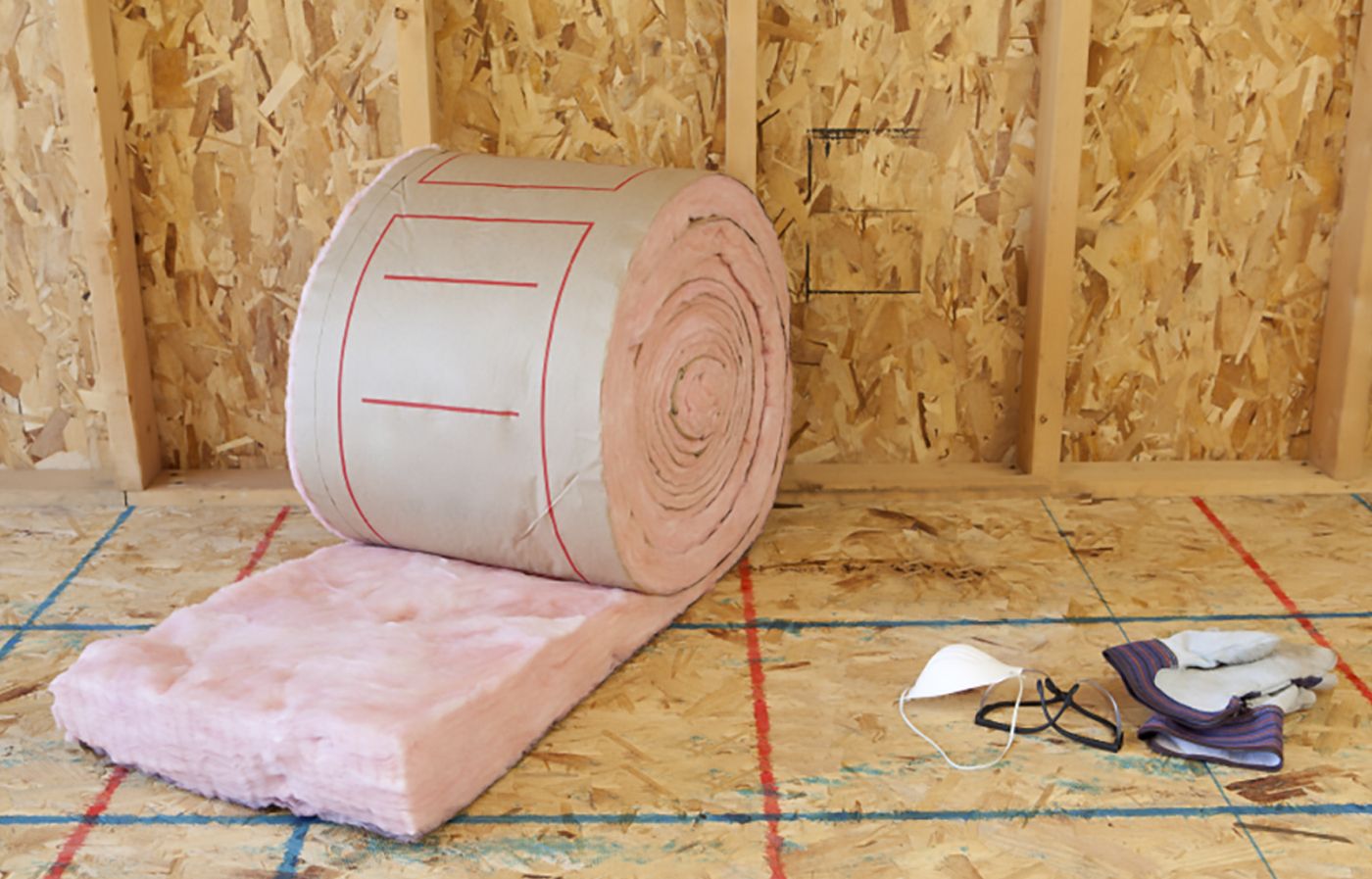Unveiling the Fire-Resistance of PVC Foam: A Comprehensive Analysis
In recent years, the demand for fire-resistant materials has been on the rise, especially in industries where safety is of utmost importance. One material that has garnered attention is PVC foam. PVC foam, also known as expanded PVC, is widely used in various applications due to its lightweight, versatility, and cost-effectiveness. However, there is a lingering question: Is PVC foam fire-resistant? In this blog post, we will delve into the properties of PVC foam and explore its fire-resistant capabilities, providing valuable insights for professionals and enthusiasts alike.
Understanding PVC Foam:
Before we dive into the fire-resistant properties of PVC foam, let's first understand what PVC foam is. PVC foam is a lightweight, closed-cell foam made from polyvinyl chloride (PVC) resin. It is produced by expanding PVC through a process that involves the addition of a blowing agent. This results in a foam material with a cellular structure, offering a unique set of properties.
Fire-Resistance of PVC Foam:
To determine the fire-resistance of PVC foam, it is crucial to examine its key characteristics. PVC foam exhibits inherent fire-resistant properties due to the nature of its composition. The closed-cell structure of PVC foam acts as a barrier, preventing the penetration of flames and limiting the spread of fire. Additionally, PVC foam has a high ignition temperature, making it less susceptible to catching fire.
Furthermore, PVC foam is self-extinguishing, meaning that it will stop burning once the source of ignition is removed. This property is attributed to the presence of flame retardants in PVC foam formulations. These flame retardants release gases when exposed to heat, creating a protective layer that inhibits the combustion process.
Applications and Standards:
The fire-resistant properties of PVC foam make it suitable for a wide range of applications. In the construction industry, PVC foam is used for insulation, soundproofing, and fireproofing purposes. It is also utilized in the automotive and aerospace sectors, where fire safety is critical. PVC foam complies with various international fire safety standards, such as ASTM E84 and UL 94, ensuring its reliability and performance.
Conclusion:
In conclusion, PVC foam possesses commendable fire-resistant properties, making it a viable choice for industries that prioritize safety. Its closed-cell structure, high ignition temperature, and self-extinguishing nature contribute to its fire-resistant capabilities. Professionals and enthusiasts can confidently incorporate PVC foam into their projects, knowing that it meets stringent fire safety standards. As the demand for fire-resistant materials continues to grow, PVC foam stands out as a reliable and practical solution.

Post Comment